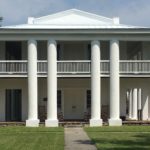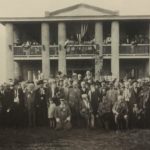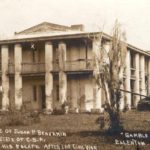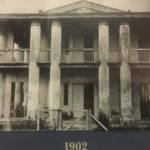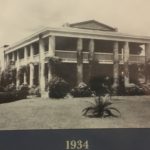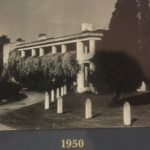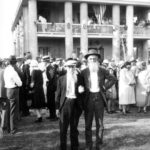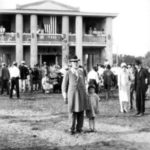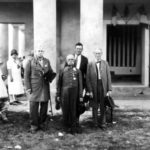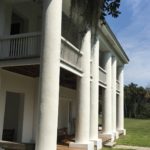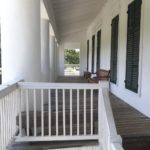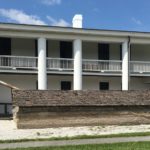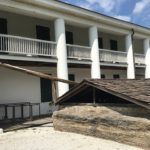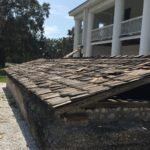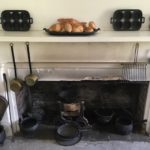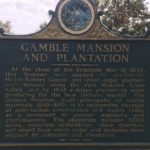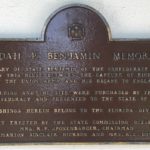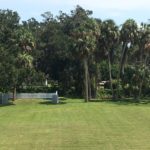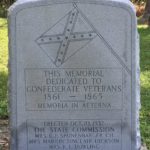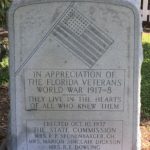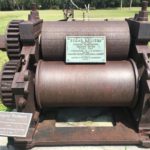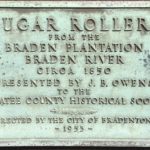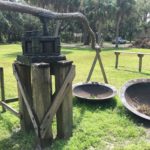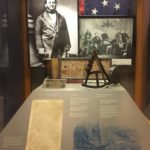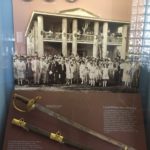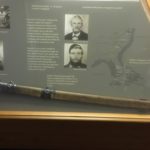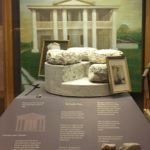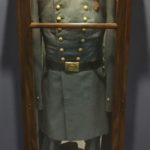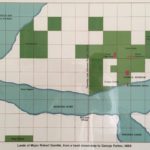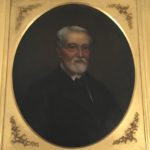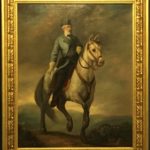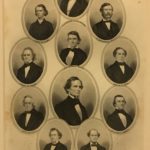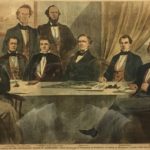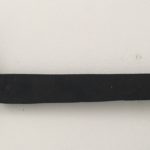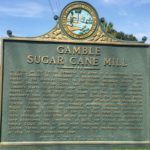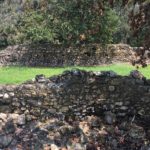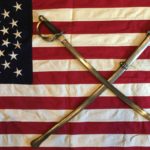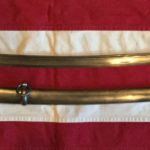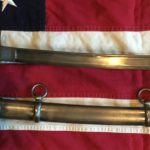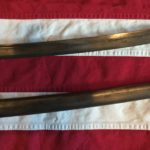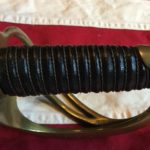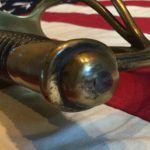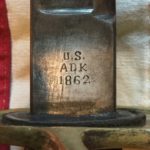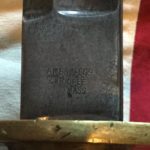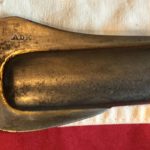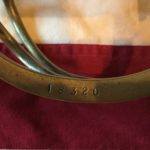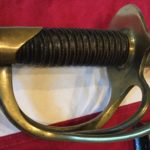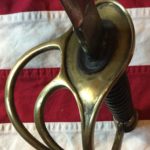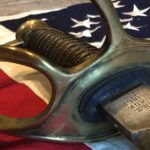- Gamble Plantation Mansion
- Gamble Mansion, 1927 Confederate Veterans Reunion
- Hiding Place of Judah P. Benjamin Searetary Of State C.S.A.
- Gamble Mansion, Circa 1902
- Gamble Plantation Mansion, Circa 1934
- Gamble Plantation, Circa 1950
- Gamble Mansion 1927 Confederate Reuion
- Confederate Veterans Reunion, Gamble Mansion Ellenton Florida
- Tabby Constructed Columns
- Gamble Mansion Balcony
- 40,000 Fresh Water Holding Tank
- Gamble Plantation Cistern, Fresh Water Storage
- Gamble Plantation Mansion Cistern
- Gamble Mansion’s Kitchen
- Gamble Mansion & Plantation Plaquard, Side 1
- Gamble Mansion & Plantation Plaquard, Side 2
- Judah P. Benjamin Memorial
- War Monuments On The Plantations Grounds
- Memorial Dedicated To Confederate Veterans
- World War 1, Stone Monument
- Sugar Cane Rollers
- Sugar Rollers, Circa 1850 Plaque
- Sugar Mill Press
- Confederate Secretary Of War, Judah P. Benjamin & Artifacts
- 1927 Confederate Veterans Reunion & Dufilho Sword and Scabbard
- Captain James McKay Sr. Presentation Sword & Wood Scabbard
- Tabby Construction, Mixture Of Shells, Lime & Sand
- Confederate Reunion Uniform
- Map Of Gamble Plantation Property, 1868
- Major Robert Gamble Jr.
- General Robert E. Lee & Traveler His Horse, Oil Painting
- Confederate Chieftains
- Cabinet Of The Confederate States Of Montgomery, Harper’s Weekly
- D-Handle Bowie Knife
- Gamble Sugar Cane Mill
- Gamble Plantation Sugar Mill Ruins
The Gamble Mansion or Gamble Plantation also known as the “Judah P. Benjamin Confederate Memorial at Gamble Plantation Historic State Park”, wow that’s a lot to say……also home to the Florida Division of the United Daughters of the Confederacy, located in Ellenton Florida on the Manatee River. The historic antebellum Mansion is the last remaining on of its kind in the Florida Western Peninsula. A 40,000 gallon cistern fresh water holding tank supplied drinking, cooking and bathing water for those on living on the plantation. At its peak the plantation had between 160-200 slaves maintaining the property and the fields.
The columns and the two foot thick walls are constructed of Tabby an indigos material that substituted for brick. Tabby is made with a mixture of crushed sea shell, lime and sand creating a perfect material for insulating the Mansion from the hot tropical sun and the many sever storms Florida is know for.
At the outbreak of the war in 1861 the Mansion was occupied by Captain Archibald McNeill the famous Confederate blockade runner. Archibald sailed from Europe to ports in the South with great success supplying the Confederacy with supplies needed for the war effort.
Judah P. Benjamin, Confederate Secretary of State and President Jefferson Davis escaped Richmond Virginia in April 1865, fleeing the Union Army that was tightening the noose around the Southern capital. Somewhere along there escape they separated and Jefferson was captured in Georgia and imprisioned. Meanwhile Judah who was arranged for the assassination of President Lincoln and feared he wouldn’t receive a fair trial headed further south making his way to the Gamble Mansion. Captian McNiell aided Benjamin in escaping to the Bahamas and then eventually sailing to England arriving with hardly any resources. He went on to establish a distinguished second legal career in London and in 1872 was selected as the Queens Counsel…..similar to America’s Federal Supreme Court Seat.
Meanwhile back in America, Union Raiders destroyed the Gamble Sugar Mill leaving only brick ruins today. However they did spare the Mansion and in 1925 the Mansion and the grounds were purchased by the United Daughters of the Confederacy and donated to the state of Florida as a memorial to Judah P. Benjamin who served three Cabinet positions under Confederate President Jefferson Davis.
Today the Gamble Mansion serves as home to the Florida Division United Daughters of the Confederacy (UDC). In 1937 the UDC installed a memorial plague to Benjamin at the Mansion. Also on the grounds is the Confederate Veterans Memorial Monument erected October 10, 1937.

